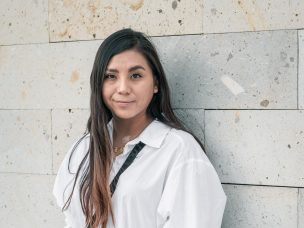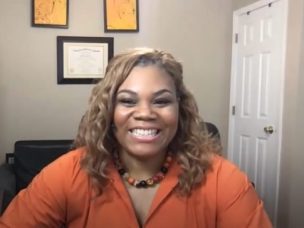Contributions
Follicular Helper T-Cell Markers and Hodgkin Lymphoma
Both angioimmunoblastic T-cell lymphoma (AITL) and peripheral T-cell lymphoma of the TFH phenotype exhibit the expression of follicular helper T cell markers. Differential expression and coexpression of these markers in malignant and benign lymphoid proliferations are not well understood. This study, published in the American Journal of Clinical Pathology, examined the expression of these markers...
Hodgkin Lymphoma With Unusually Abundant B-Cell Markers
Hodgkin and Reed-Sternberg cells originate from germinal center B-cells. These cells tend to lose the B-cell phenotype. However, one-third of classic Hodgkin lymphoma cases express at least one B-cell marker, which can lead to difficulties in distinguishing classic Hodgkin lymphoma from B-cell lymphomas. This case report, published in Clinical Lymphoma, Myeloma, and Leukemia, analyzed a case of...
Nivolumab and the Hodgkin Lymphoma Microenvironment
The resistance and progression of tumors in patients with classic Hodgkin lymphoma is believed at least in part to depend on features of the tumor microenvironment. However, the relationship between malignant Hodgkin/Reed-Sternberg cells, reactive populations, and immune cells is still unclear. This retrospective study, published in Cancers, sought to identify potential predictive and prognostic morphological markers in...
Using miRNA to Determine Treatment Progress in Hodgkin Lymphoma
Although FDG-PET imaging is the gold standard for interim response assessment in patients with classic Hodgkin lymphoma, this technique cannot be performed frequently. This study, published in the Journal of Extracellular Vesicles, examined a minimally invasive way to assess tumor presence and burden using microRNA (miRNA) associated with tumor-secreted extracellular vesicles (EV). The study included 193...
Soluble PD‐L1 and Classic Hodgkin Lymphoma
Among the biomarkers of classic Hodgkin lymphoma are tissue and soluble markers involved in the programmed cell death protein 1/programmed death-ligand (PD-1/PD-L) axis. This study, published in the British Journal of Haematology, sought to determine whether or not plasma levels of proteins in the PD-1/PD-L axis reflect expressions by corresponding tissue. The researchers collected paired tissue...
Extranodal Hodgkin Lymphoma: A Case Report
Hodgkin lymphoma is typically centered around the cervical, supraclavicular, and mediastinal lymph nodes. Although involvement of the central nervous system has been documented, it is extremely rare. This case study, published in the Journal of Medical Case Reports, analyzed one of these cases of extranodal Hodgkin lymphoma in the central nervous system. The patient in this...
The Gut Microbiota and R/R Hodgkin Lymphoma
A study, published in Blood, on the role of gut microbiota (GM) in response to chemo-immunotherapeutic agents in patients with relapsed/refractory (R/R) B-cell lymphoma will be presented at the 2021 ASH Annual Meeting & Exposition. Over three years, the researchers collected data from a cohort of 17 patients with R/R classic Hodgkin lymphoma (cHL) or...
COVID-19 Antibody Production in Patients With Lymphoma
One of the studies that will be presented at the 2021 ASH Annual Meeting & Exposition is a retrospective study, published in Blood, on the efficacy of the COVID-19 vaccines in adult patients with lymphomas undergoing immunochemotherapy. Data were gathered from adult patients with lymphomas identified to have received the COVID-19 vaccine, either two doses...
Dr. Mitzi Williams: Rectifying NMOSD Disparities
In this MD Newsline exclusive interview with neurologist Dr. Mitzi Williams, we discuss how neurologists can help rectify NMOSD disparities. We also discuss the importance of testing for anti-MOG syndrome in a patient with suspected NMOSD. MD Newsline: How would you recommend neurologists help rectify NMOSD disparities? Dr. Mitzi Williams: “First, we need to make...








